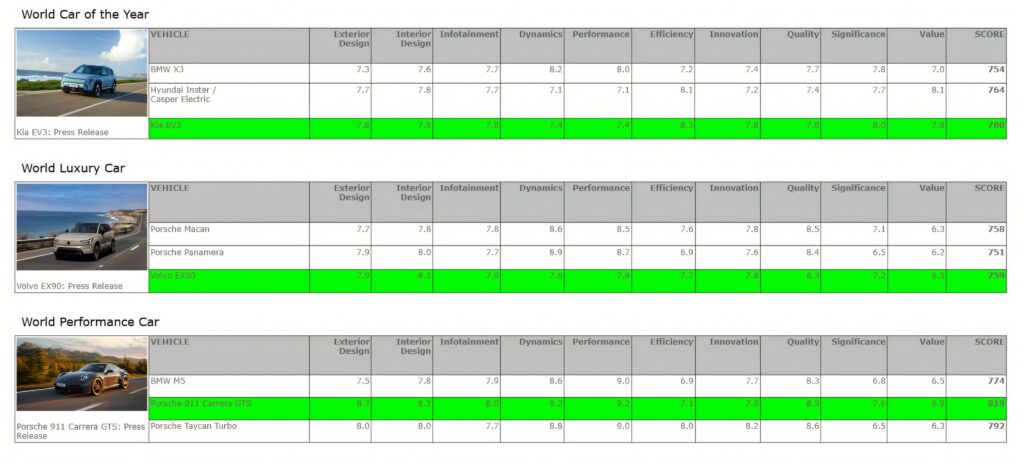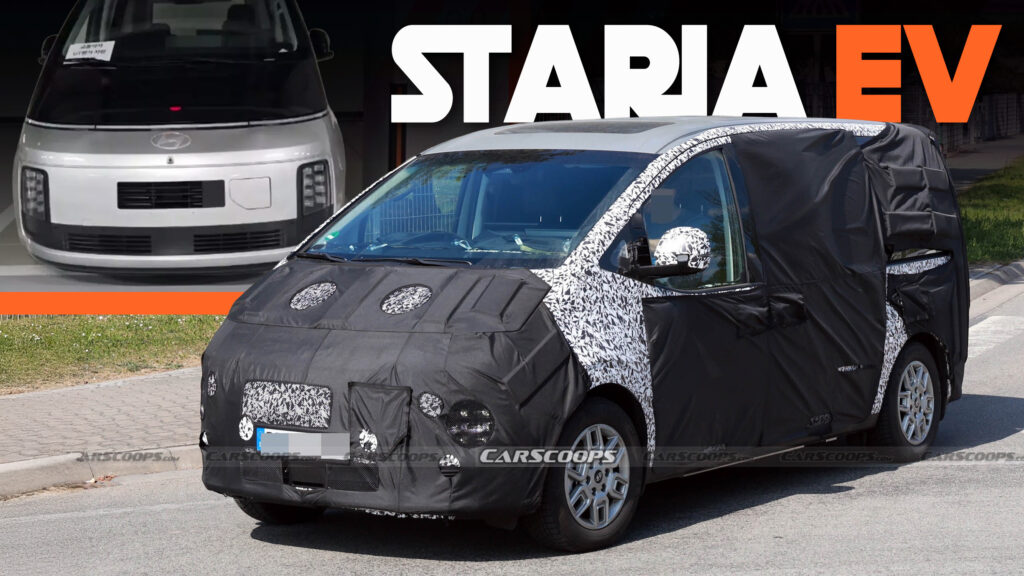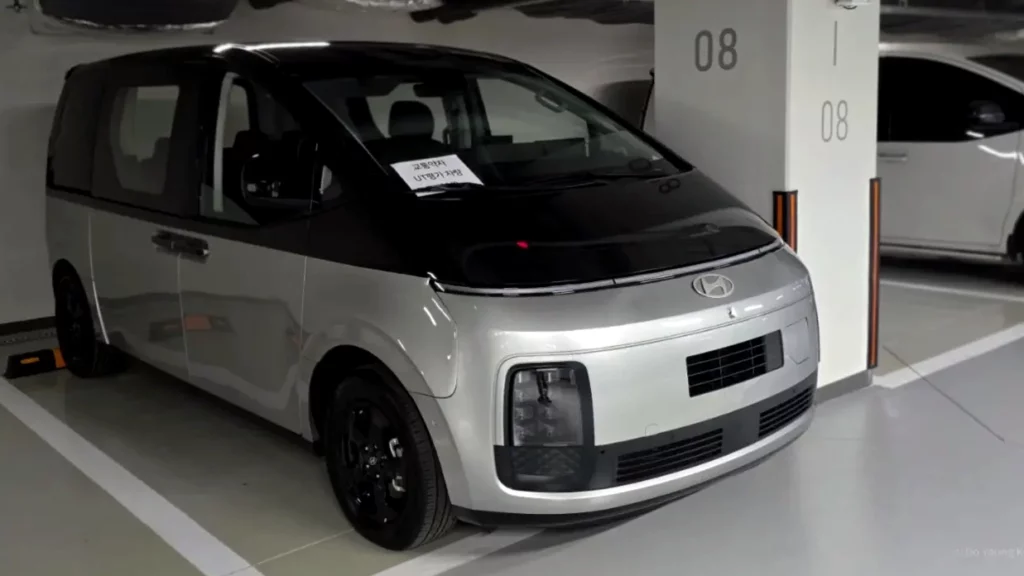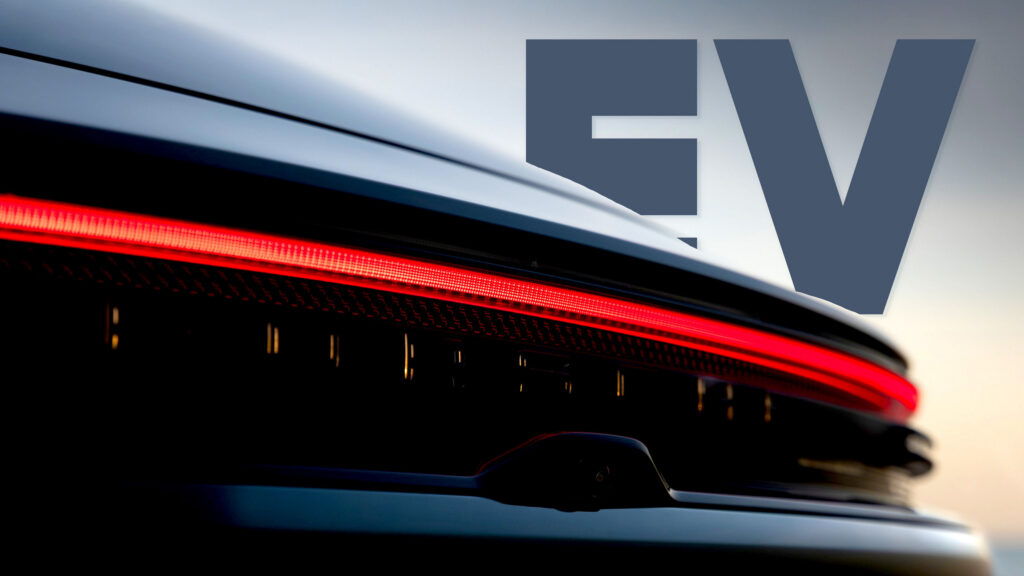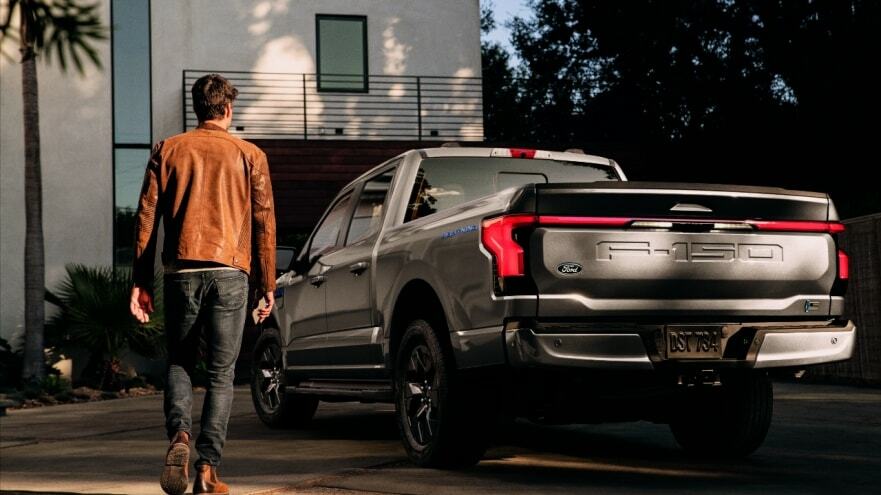Over the past couple of years, IC Bus has made significant moves in the school bus industry, both with internal leadership and new school bus announcements. At the end of 2022, IC Bus parent Navistar announced Trish Reed was transitioning from general manager of one of America’s largest school bus brands to vice president of zero emissions.
Meanwhile, Justina Morosin was chosen to return to IC Bus and succeed Reed. The two have nearly 50 years of combined employment at Navistar, now known as International Motors, a rebrand that was announced last September.
Morosin served as VP of sales for IC Bus from 2014 to 2017 and before that was a sales
manager for the school bus brand. She also has extensive experience on the truck side with
International, ranging from truck marketing manager and vice president of used truck and
commercial transformation, before leading the bus division.
“The used truck role was a really big undertaking and a very satisfying role for myself, just from perspective of building culture and building teams,” Morosin said.
She noted that she had a lot of different opportunities throughout her career at International in both the truck and bus space.
“I’m very dedicated to mentoring both men and women and all different functions within our organization, and I always encourage them to step out of their comfort zone, or where they feel most familiar, whether it’s truck, bus, whether it’s used truck, parts service,” she said. “There’s so many opportunities within our company, and to be able to go into a different function and experience, that builds your understanding holistically of the business. I was fortunate to be able to be given those opportunities along the way.
She said serving as VP and GM for IC Bus was a milestone in her career. “It was something I always aspired to do, and I was so excited to be in that role,” she said, adding that transitioning to her new role comes at a pivotal point in International’s transformation.
During her tenure leadig IC Bus, the brand launched the first CE Series redesign in 20 years, now offered in electric and diesel configurations. The launch was announced one day prior to the start of the 2023 STN EXPO West in Reno, Nevada. The new CE Series emphasizes driver comfort while also offering collision mitigation technology as a standard equipment.
It was also during this time IC Bus announced its three-core strategy: Leading in safety and technology, fostering a healthy future, and offering best in class solutions.
“I feel like we’ve accomplished so much and we’re on such a good path going forward,” Morosin added. What she’s most proud of, however, was that she said IC Bus brands accounted for 47 percent of sales of all school bus purchases last year.
“That is a testament to say that our next generation is delighting our customers, and that our dealer network is doing everything to partner with our customers, to offer best in class services and solutions for our customers,” she said, adding that the CE Series was truly developed with the customer in mind.
As of February, Morosin returned to the truck side at International, serving as the senior vice president of sales and field operations, handing the IC Bus baton to Charles Chilton.
“It’s a natural path for me and a natural next step for me in this role, and it’s a really important one,” Morosin said describing her new responsibilities. She added that International recently introduced a new commercial truck strategy at its annual dealer truck meeting.
“I’ve always been very career-driven,” she said. “I always say to myself that this is going to be the last role that I’m in and then … I am an ambitious person. I always want to stretch myself to see what more can I do. What more can I take on? How much more of an impact could I have?”
She said she’s passionate about her latest opportunity, contributing alongside her team and working with the dealer network to continue to grow the business. “Being able to tailor solutions for our customers into the future to make them more successful into the future,” she said, adding that her new role encompasses everything from working with the national fleet, dealer networks, to leasing and used trucks.
Meanwhile, Chilton is no stranger to the school bus industry, logging a total of almost
24 years between two major OEMs. However, his time in the industry started years earlier like many others: As a school bus driver.
He started driving a school bus in North Carolina during his senior year of high school and the passion grew from there. After graduating from North Carolina State University, he began working for Thomas Built Buses in 1988 in various engineering positions, later
becoming a product manager and a program manager.
“I was very fortunate to start there and kind of grow up in the school bus [industry],” he said.
After almost 17 years with Thomas, he worked for E-One, a manufacturer of heavy-duty fire trucks and emergency vehicles, for three and half years before joining International in 2009. He was chief engineer before moving to director of product development, VP of product strategy and planning, and head of commercial market planning, where he spent the last three years until being named VP and GM of IC Bus earlier this year.
“I was on the global bus side trying to help expand the product around the world,” he said, noting that he worked with John McKinney, the former president of International’s global bus division. He also worked closely with Reed for several years after she became VP and GM of IC Bus.
“Trish is super respected in the industry, and [she] and I really locked arms together and really just love the school bus space,” he said, adding that the industry is all about safely transporting students. “That’s fundamentally the motivators behind all of this for me personally… yellow is my blood, as you can say.”
Then, Morosin took the reins, the CE Series was announced, and the brand continued to grow. “I never imagined going from being a school bus driver to, in my opinion, leading the number one school bus company in the world,” he said. “That’s kind of a wonderful experience. And so that’s why I’m super excited, and I’m loving every day.”
Chilton noted that by following in both Reed’s and Morosin’s footsteps, he plans on staying the course and building upon the strong foundation that IC Bus already has, while fully leaning into the company’s three key principles.
Drawing upon his engineering and school bus driver background, he worked closely with Reed in the design of the CE Series school bus. He said together they set target goals and designed a product with driver comfort in mind. After all, being a school bus driver “is a hard job.”
“You’ve got 72 kids behind you, potentially making all kinds of noise,” he continued. “You’ve got all the distractions from traffic and patterns and stop lights.”
He noted that IC Bus wants to continue to help the school bus driving job be easier, whether that comes in the form of technology or ergonomic factors.
“We’re putting our drivers front and center to make it a great experience,” he said. “I think our latest product… demonstrates our commitment to making the driver experience the best it can be.
For example, a month into his tenure, IC Bus announced that First Light Illuminated School Bus Signs and Fully Illuminated Stop Arms are now standard on the next-generation IC Bus Electric CE Series school buses, effective immediately. First Light as standard equipment will extend to internal combustion engines in August.
Morosin noted that Chilton being the new VP and GM of IC Bus is a good path forward, especially with his history in the bus space. “Although much of it has been behind the scenes, he is the perfect person to take over,” she said.
Chilton said through his experience he’s learned to listen to what customers need. “I’m motivated by the safety of our kids and in the drivers experience and making sure it’s a great experience every day on the school bus,” he said. “…I enjoy being a thought leader and contributing to making the product better every day. Obviously, it’s a very big conversation around how we approach that, but it’s super important that we’re continuing to make ourselves better. So those are motivating factors for me, and throughout my career that’s what I’ve done: work to make things better.”
Recognizing Trends
Morosin noted that AI is a large trend that influences both the truck and bus space as well as how the company interacts with its customers now and into the future.
“I think that is just fantastic that we’re at this point in technology where we don’t necessarily have to have large buckets of offerings, but that we can actually tailor to a specific customer those types of offerings,” she said, adding that technology will play a role in evolution of selling vehicles.
In terms of the future of electric vehicles and the California Air Resources Board pulling back full implementation of its Advanced Clean Fleets rule, Chilton noted that it’s hard to navigate hypotheticals due to the constantly changing landscape. “But our core strategy is to be able to have a solution that’s ready for whatever the market needs are,” he said.
Moving forward, Chilton said he’s committed to providing solutions for customers and getting back to the fundamentals of being able to deliver buses on time. He said he knows the importance of buses being delivered at school start to provide service to students.
“Being a thought leader and pushing the school bus industry to better ways of working and operating,” he said of other goals for himself and his team at IC Bus. “I think it’s important for us to help the industry through this change with the best vehicle, there’s octane products out there, there’s diesel products. We really want to have a solution for all the needs, no matter where the market is.”
Editor’s Note: As reprinted in the April 2025 issue of School Transportation News.
Related: STN EXPO East Offers Sports Lessons for Transportation Leadership
Related: IC Bus’ Next Generation CE Series Standardizes Next Generation Illumination
Related: (STN Podcast E251) Making Safety Safer: Seatbelts, Technology, Training & Electric School Buses
Related: STN EXPO Panel Discusses Trends in School Bus Safety Technology
The post Passing the Torch appeared first on School Transportation News.


















